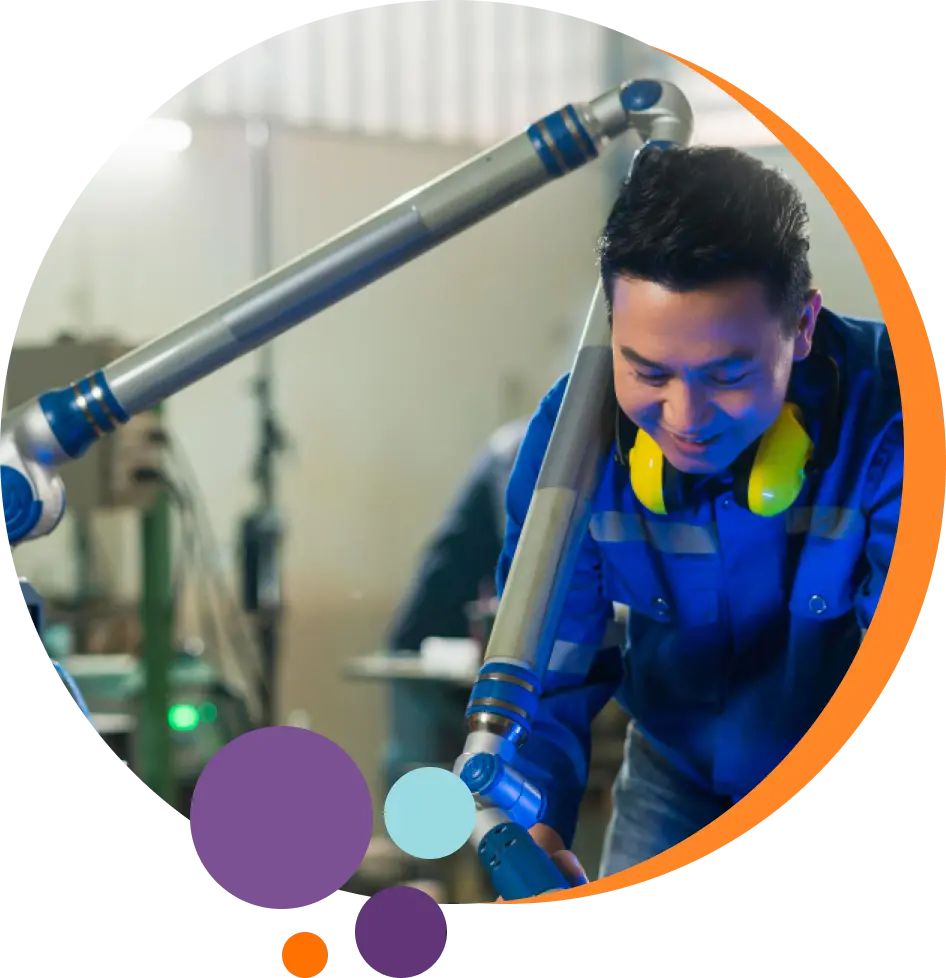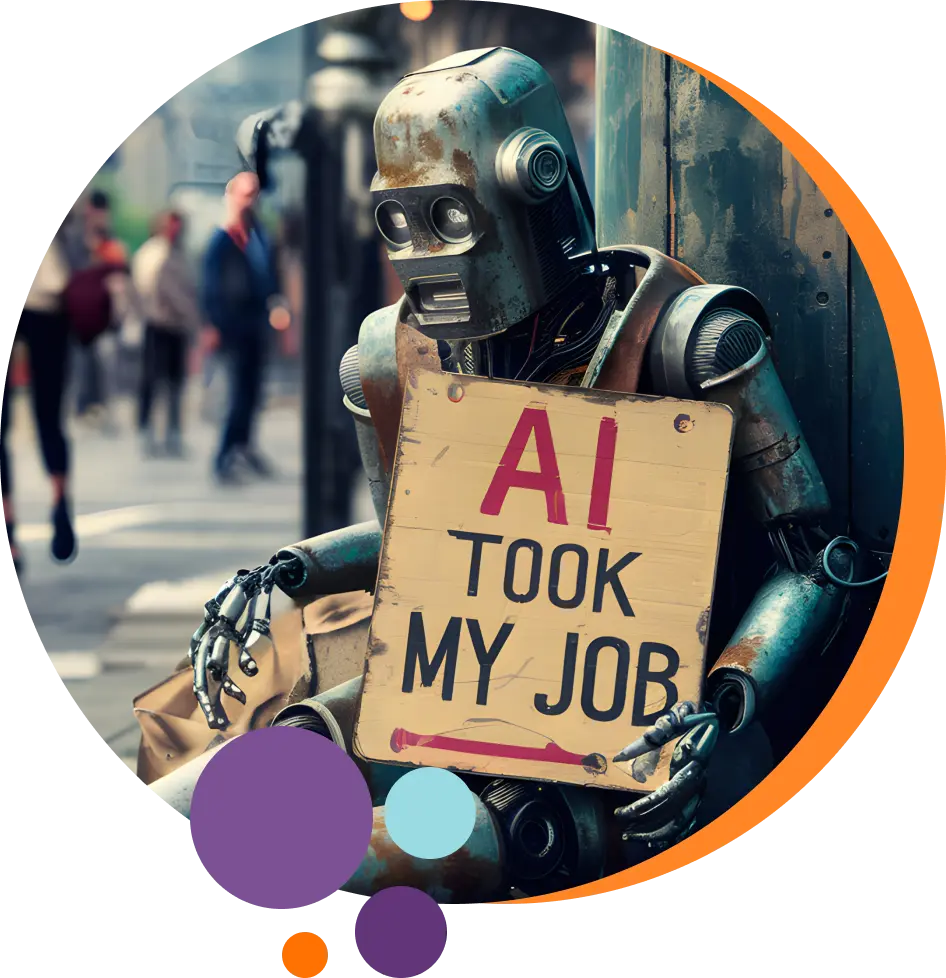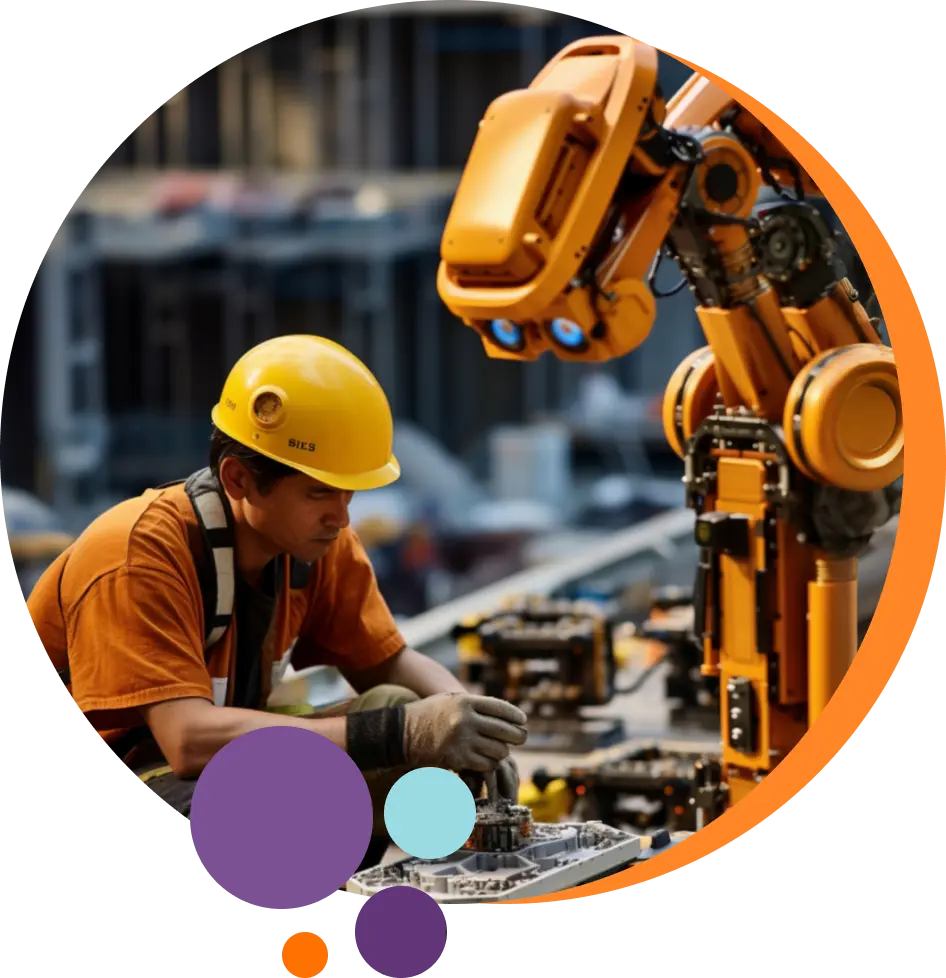1. Computers Will Reach Human-Level Intelligence by 2029
For almost a century, people have been making predictions about AI, robots, and thinking computers reaching human levels of intelligence and beyond. The idea of AI was captured in literature as far back as the 19th century by Mary Shelley, author of Frankenstein, and later in the prolific works of sci-fi writer Issac Asimov. In terms of more serious predictions, Ray Kurzweil, a prominent futurist and now a principal researcher at Google, discussed AI in his 2005 bestselling book The Singularity Is Near. He boldly claimed that computers would reach human-level intelligence by 2029. Kurzweil went even further, suggesting that around 2045, we would merge with computers and become superhuman, an event he dubbed ‘the singularity’.In 2024, these predictions are far from reality and still very much in the realm of science fiction.While AI has made remarkable progress in recent years, particularly in areas like natural language processing and image recognition, it falls far short of human-level intelligence. We’re still trying to decipher the intricate neural networks of our brains, and replicating them in a computer is far more challenging than initially thought. Despite the dramatic increase in computer power, we face serious hardware limitations when competing with the human brain. Most of our AI advancements have been in narrow AI — systems that excel at specific tasks. For instance:
- Computers that can beat chess grandmasters.
- Image recognition software that can identify objects in photos.
- Recommendation systems in streaming services that can suggest content.
While we may not have human-level AI by 2029, AI advancements are still impressive and are reshaping industries from healthcare to manufacturing.This is a reminder that we need to develop practical AI skills that can be applied in today's world rather than waiting for a sci-fi future that may be further away than we think.

2. AI Will Take Over All Jobs
This is one of the most common and misplaced fears surrounding AI.Google search trends show that global interest in the term ‘AI replacing jobs’ reached an all-time high (100 points) in May 2023, and nearly reached those levels again (92 points) in April 2024.While the fear of AI-driven unemployment is high today, it is certainly not new.In 1938, then MIT president Karl T Compton was among the first to address the fear of technological unemployment, arguing that it was a myth. His assessment and predictions proved to be right:
- Technology has created many new industries instead of replacing them.
- Lowering the cost of production with technology made prices within reach of the masses.
Nobel Prize-winning economist Robert Solow made similar arguments in 1962. He posited that there was no sign of a second Industrial Revolution that threatened catastrophic unemployment. He also predicted, however, that certain kinds of labor may become obsolete or worth much less. That is much closer to the situation today.AI is not eliminating jobs as much as it is transforming roles. A 2023 Goldman Sachs report predicts that two-thirds of jobs in the US and Europe are exposed to some degree of AI automation. But this doesn't mean these jobs will disappear. For many workers, AI will become part of their workday without necessarily leading to layoffs.As AI is integrated into different industries, it is reasonably expected to boost worker productivity. A 2023 study by Slack found that workers who are most productive and experience better general well-being at work are significantly more likely to use AI (242%) and automation (78%) than their less productive counterparts. In short, workers need not fear being replaced by AI. They must, however, adapt and acquire new skills.
.webp)
3. AI Market Size Predictions
Market predictions can sometimes resemble a high-stakes guessing game, made even more difficult by technological breakthroughs. In 2016, the research and advisory company Forrester made a bold forecast: Businesses that use AI, big data, and IoT technologies would steal $1.2 trillion per annum from their less informed peers by 2020. This prediction painted a picture of a ridiculously large AI gold rush where early adopters would reap massive rewards.While many businesses and industries jumped on the AI bandwagon and some early adopters outpaced peers, the market size estimates were nowhere close to Forrester’s predictions. Even by 2023, Grand View Research estimated that the global artificial intelligence market generated a revenue of $196.63 billion.Many have repeatedly revised their predictions of AI market size as the technology and its impact continue to evolve. But why are these predictions off the mark so often?
- Overestimation of Adoption Speed: Predictions assume a rapid, widespread adoption of AI technologies across industries. Implementing AI solutions, however, has proven to be more complex and time-consuming than initially estimated.
- Business Challenges: Developing AI solutions that deliver real business value is not straightforward. Finding business use cases for existing technology can be tough. Many businesses have also shied away from AI due to its long-term returns.
- Technical Issues: Issues like data quality, algorithm bias, and integration with existing systems have also slowed AI adoption.
- Skills Gap: Many organizations have found themselves lacking the necessary talent to implement and manage AI systems effectively.
While AI is transformative, its growth and impact unfold over time. Don’t expect overnight revolutions, only slow and steady progress.




















.webp)


